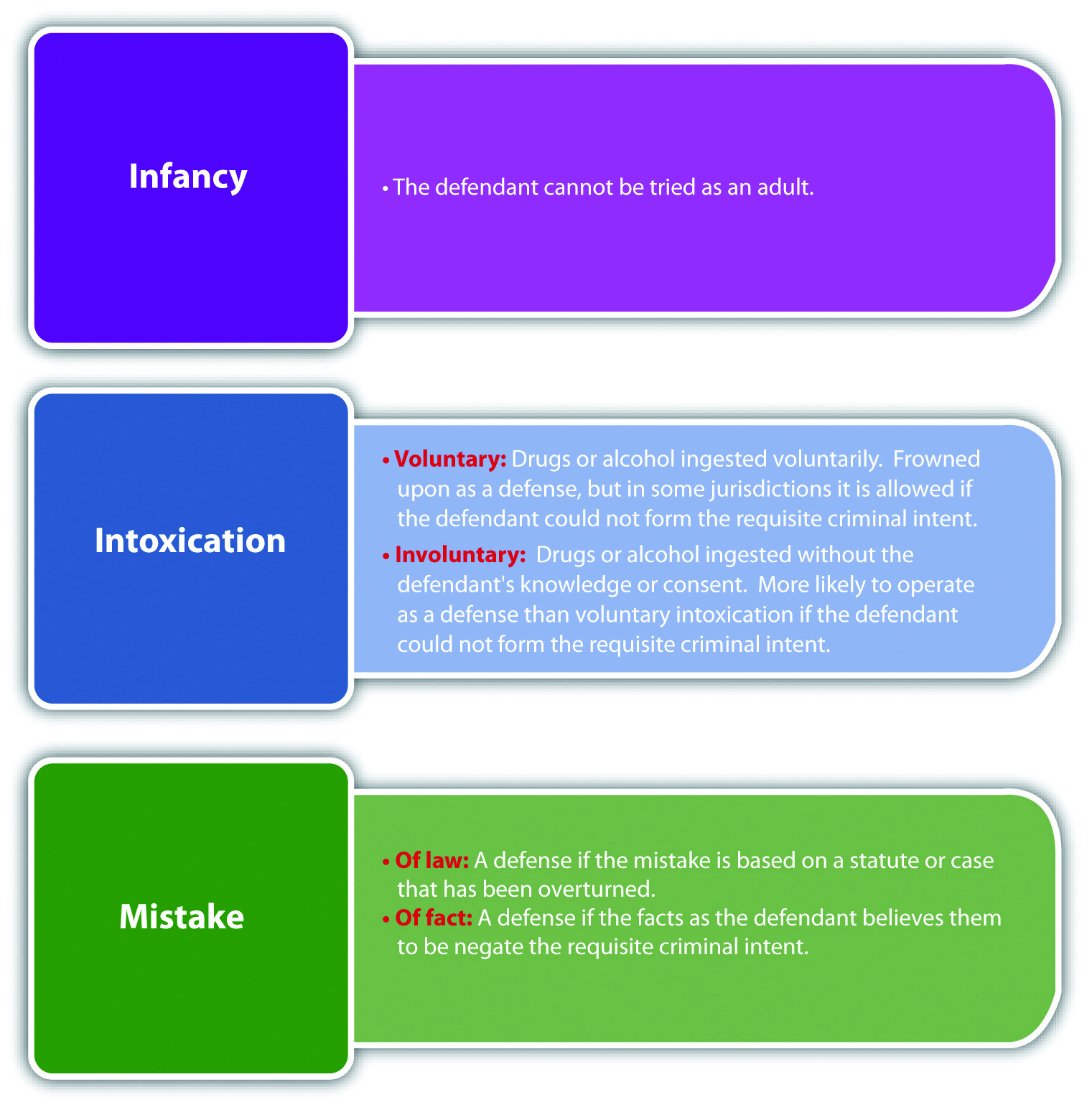

One eight-state study of criminal cases in the early 1990s concluded that less than one percent of defendants pleaded insanity and, of them, only a quarter won aquittals. No, despite public perceptions to the contrary. Maryland's statute, the one Aron will employ, defines the plea as "guilty but not criminally responsible by reason of insanity." Some have amended their laws to include standards of "diminished capacity" or "guilty but mentally ill," but most have roots in the M'Naghten rule.

Some states have abolished the use of an insanity defense, an action upheld by the U.S. Thus, it allows judges and juries to decide some defendants aren't "criminally responsible" for their actions even though those acts might be a crime under different circumstances, just as a child who accidentally starts a fire shouldn't be treated as an arsonist. It is an attempt to impose a moral check on a system largely designed to weigh facts and evidence. This is sometimes called the "irresistible impulse" defense. Some states also allow defendants to argue that that they understood their behavior was criminal but were unable to control it. It typically refers to a plea that defendants are not guilty because they lacked the mental capacity to realize that they committed a wrong or appreciate why it was wrong. The rule is the basis for most of the American laws permitting an insanity defense, including Maryland's. The M'Naghten rule says defendants may be acquitted only if they labored "under such defect of reason from disease of the mind" as to not realize what they were doing or why it was a crime.
#Percentage rate of successful of instanity defense trial
The public howled in outrage and, a year later, a panel of British judges set forth the legal standard that has been used for 150 years and might come into play as Aron's trial proceeds in Montgomery County. A jury agreed, declaring him not guilty by reason of insanity. During the ensuing trial, several psychiatrists testified M'Naghten was delusional. In 1843, M'Naghten traveled to 10 Downing Street to ambush Peel, but mistakenly shot and killed Peel's secretary. If Ruthann Aron escapes a prison sentence in her murder-for-hire trial, she might owe thanks to a 19th century Scotsman.ĭaniel M'Naghten was a woodworker who believed he was the target of a conspiracy involving the pope and British Prime Minister Robert Peel. One expert's opinion on the insanity defense.He himself chose to plead that : The Insanity Defense: A Closer Look "Nobody ever actually said he was insane. "The judgment of the doctors was that he had personality-trait disturbance and a narcissistic personality - but that is not a psychiatric judgment," Kutler told the Times. Professor Stanley Kutler told The New York Times back in 1981 that Pound was "eccentric" but not insane. However, that decision later sparked some controversy years after the fact, with historians and psychiatrists alike questioning whether Pound was actually insane. Elizabeth's Hospital, an asylum, for 12 years. following Mussolini's death where he was ultimately declared unfit for trial. He went on anti-American and anti-Semitic rants all the while idolizing Hitler and Mussolini and calling President Roosevelt "that Jew in the White House," according to PBS. Pound allegedly received money from the Italian government during World War II to create pro-Fascist radio broadcasts.


 0 kommentar(er)
0 kommentar(er)
